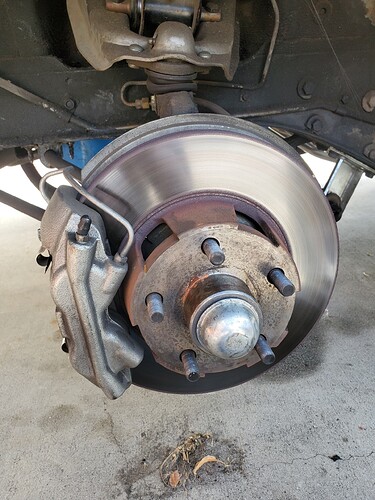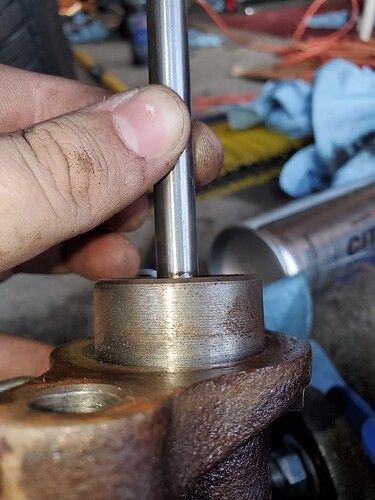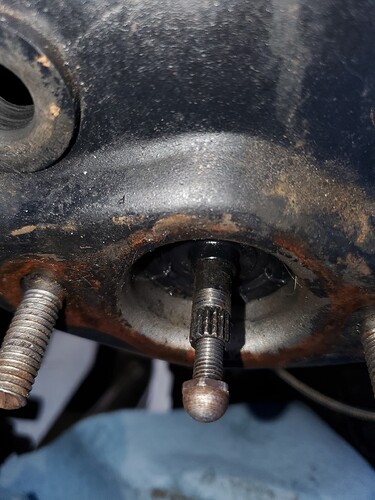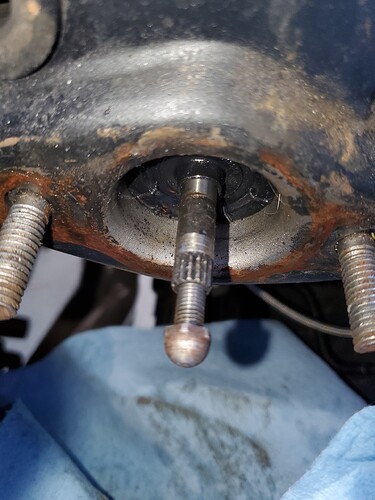Hey all, first time checking out the new forum site, looks pretty nice, glad we made the swap to a more modern platform.
I’ve got an issue with my brakes, that I’ve been chasing since I got the car together, and I just can’t seem to fix. The brakes are weak, not weak enough to not stop the car, but I just feel like they must be able to be firmer than they are now.
I’ve got a mishmash of parts that do match up on the important aspects, such as the 69 brake booster and pedal which the PO swapped in, and then the 70 Master cylinder, lines, and distribution block, and in the front someone swapped to the 67 4 Piston disc brakes.
I’ve had topics before, every few months or so where I get to working on them again, and try to get any new info, so I’m back again hoping someone will chime in with something I’ve not heard.
I’ve bled the lines many times, with a Motive Power Bleeder kit, and bled entire bottles through each corner, and I get no bubbles after a few seconds, but I let it fill the whole bottle just to sure. I’ve adjusted the rear brake shoes out, made sure there are no leaks, and installed a new adjustable proportioning valve for the rear. Cleaned out my distribution block, and it wasn’t dirty inside at all, and the pin move fairly freely.
I bled it all again today (after putting a new flexible line from the block to the prop valve) and when bleeding the rear, I had very very slow flow, but then I adjusted the prop valve all the way in and then back out, and it sped up a ton, not sure why that would occur, but now at any position it flows freely and much faster, so it doesn’t seem to be a persistent issue.
The only part of the system I have not replaced is the rear rubber line, which I’ve heard can swell up inside and block flow. I figure that’ll be the next part to tackle, as it’s the only problematic part that I’ve not looked at.
Currently the brakes work, and I could drive the vehicle, but it feels like the first 80% of the pedal only engages maybe 10% of the brakes, and the last 20% of the pedal travel engages the rest, so I have to push the pedal most of the way to notice any actual stopping power. All the shoes/pads seem well adjusted, and the wheels spin freely with a bit of dragging on the shoes/pad. The only thing I could think is that the shoes are not matching the curve of the drum, and the top or bottom is hitting and stopping most of the actual shoe from contacting the inside of the drum.
I’m pretty much at a loss however, but finally have some time to work since the SoCal heatwave is over. Any advice would be appreciated, thanks!




